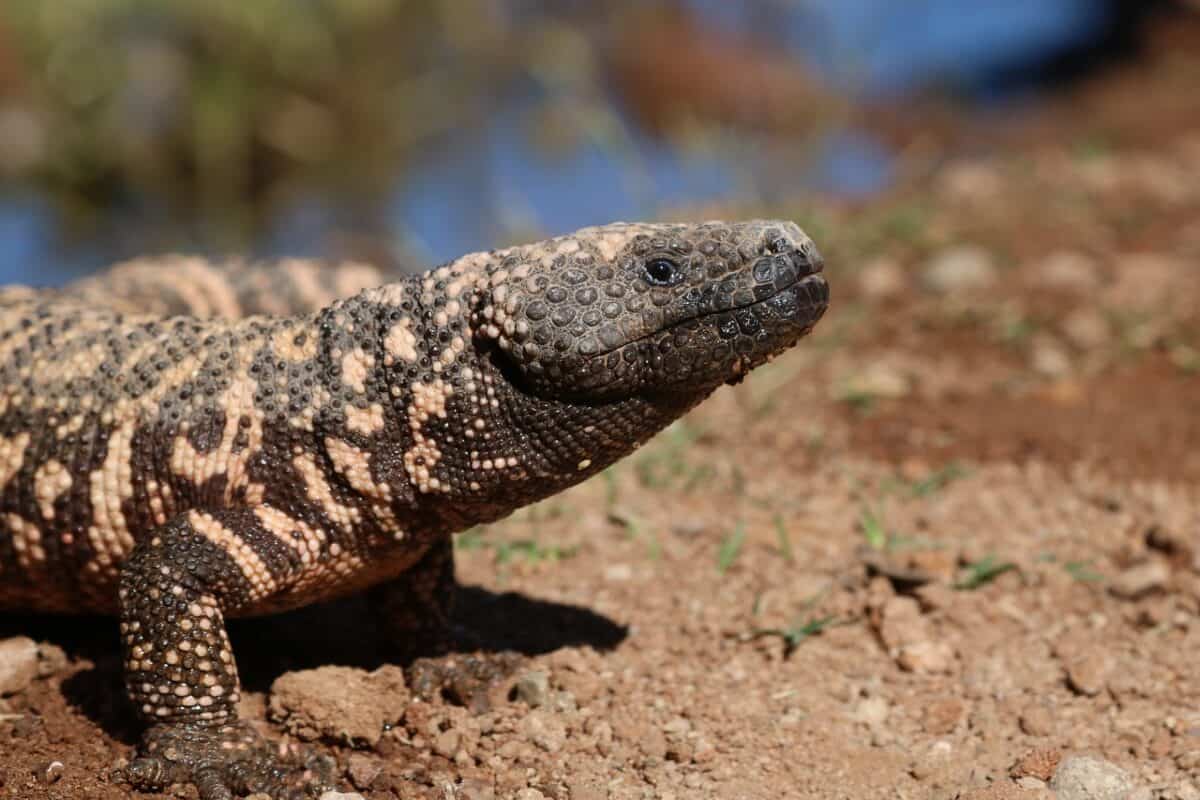The American West stands as one of the most geographically diverse regions in North America, encompassing everything from coastal rainforests and alpine mountains to arid deserts and sweeping grasslands. This remarkable variety of ecosystems has fostered the evolution of wildlife found nowhere else on Earth. These endemic species have adapted to the region’s unique environmental conditions over thousands of years, developing specialized traits that allow them to thrive in these specific habitats. From tiny desert-dwelling rodents to majestic mountain ungulates, the West’s endemic wildlife represents a crucial part of America’s natural heritage. This article explores twelve fascinating animal species that call the American West their exclusive home, highlighting their adaptations, conservation status, and the threats they face in our changing world.
The Desert Tortoise: Ancient Desert Dweller
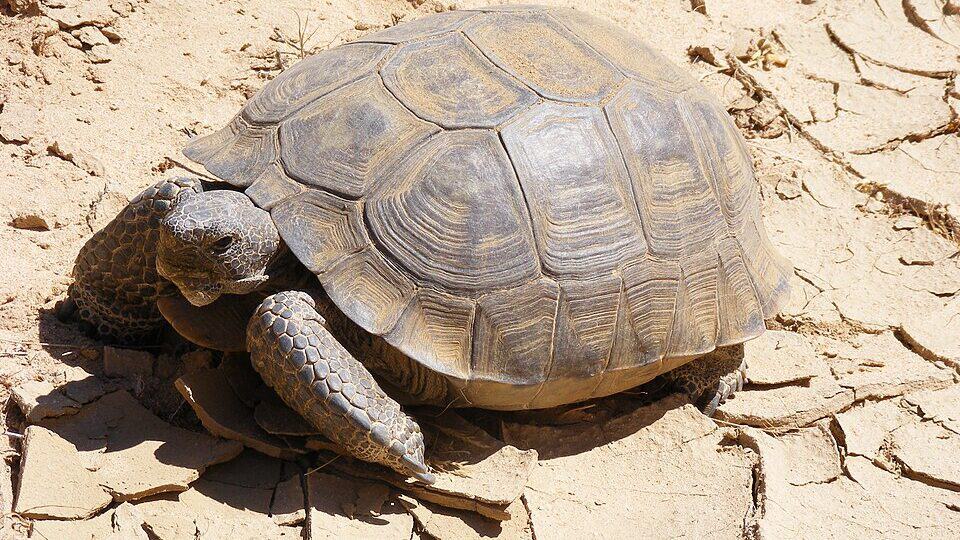
The Mojave desert tortoise (Gopherus agassizii) has roamed the southwestern deserts for millions of years, adapting perfectly to one of North America’s harshest environments. These remarkable reptiles can live for 50-80 years and are found only in the Mojave and Sonoran deserts of California, Nevada, Utah, and Arizona. Their high-domed shells, powerful limbs, and specialized metabolic adaptations allow them to survive extreme temperature fluctuations and prolonged drought conditions.
Unfortunately, desert tortoises face numerous threats, including habitat destruction, disease, and predation by ravens, whose populations have increased due to human development. Currently listed as threatened under the Endangered Species Act, their numbers have declined by over 90% in some areas since the 1980s. Conservation efforts include habitat protection, predator management, and captive breeding programs designed to bolster wild populations of this iconic desert dweller.
Sierra Nevada Bighorn Sheep: Mountain Monarchs
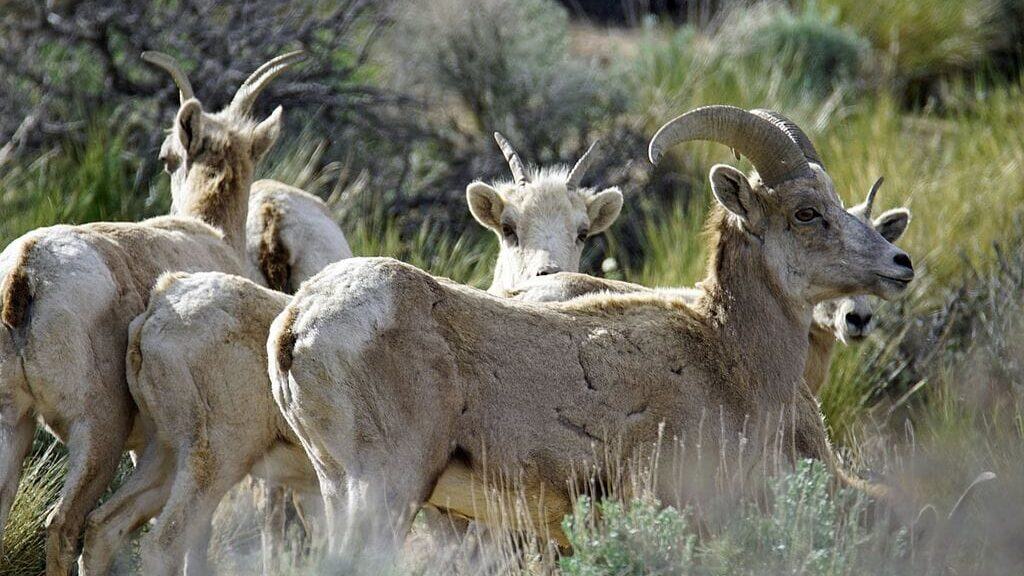
The Sierra Nevada bighorn sheep (Ovis canadensis sierrae) is one of North America’s most endangered mammals, found exclusively in California’s Sierra Nevada range. Distinguished from other bighorn subspecies by genetic and morphological differences, these magnificent ungulates are perfectly adapted to the steep, rocky terrain of high alpine environments. Males can weigh up to 220 pounds and display impressive curved horns that can reach over 40 inches in length, used during dramatic mating contests each fall.
By the late 1990s, fewer than 100 individuals remained in the wild due to disease, predation, and habitat loss. Through intensive conservation efforts including protected area designation, predator management, and reintroduction programs, their population has rebounded to approximately 600 animals. The Sierra Nevada bighorn represents one of American conservation’s partial success stories, though continued management remains essential for their long-term survival in their limited mountain habitat.
Utah Prairie Dog: Social Desert Engineers

Found only in the southwestern quarter of Utah, the Utah prairie dog (Cynomys parvidens) is the smallest and most geographically restricted of North America’s five prairie dog species. These highly social rodents live in complex underground colonies called “towns,” where they create elaborate tunnel systems complete with separate chambers for sleeping, rearing young, and food storage. Their digging activities aerate soil, increase water penetration, and promote plant diversity, earning them the title of “ecosystem engineers.”
Listed as threatened under the Endangered Species Act, Utah prairie dog populations have declined by over 95% from historical numbers due to habitat loss, systematic eradication programs, and sylvatic plague. Today, approximately 40,000 remain across their limited range. Conservation efforts focus on habitat protection, translocation programs, and disease management to preserve these crucial contributors to the Great Basin ecosystem, whose presence supports numerous other species including burrowing owls, black-footed ferrets, and various reptiles.
Sonoran Pronghorn: Desert Sprinters
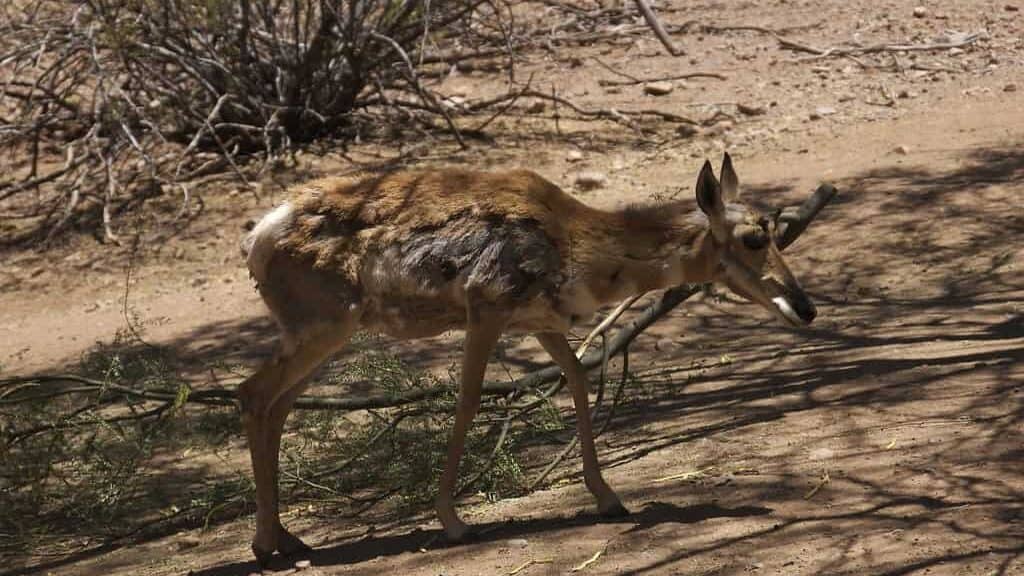
The Sonoran pronghorn (Antilocapra americana sonoriensis) represents an evolutionary marvel adapted to the extreme conditions of North America’s hottest desert. Found only in southwestern Arizona and northern Sonora, Mexico, these elegant ungulates are built for speed and endurance in open terrain. Capable of sustained runs at 35 mph and bursts up to 60 mph, they possess the largest eyes relative to body size of any North American ungulate, giving them exceptional vision to spot predators across vast desert landscapes.
With fewer than 1,000 individuals remaining, Sonoran pronghorn are classified as endangered. Their populations have been devastated by habitat fragmentation, drought, and human disturbance. Unlike their more common northern relatives, Sonoran pronghorn have adapted to survive without drinking water, obtaining all necessary moisture from the plants they consume. Conservation efforts include captive breeding, protection of movement corridors, and installation of water sources to help these desert athletes survive increasingly frequent drought conditions linked to climate change.
Channel Islands Fox: Miniature Island Predators
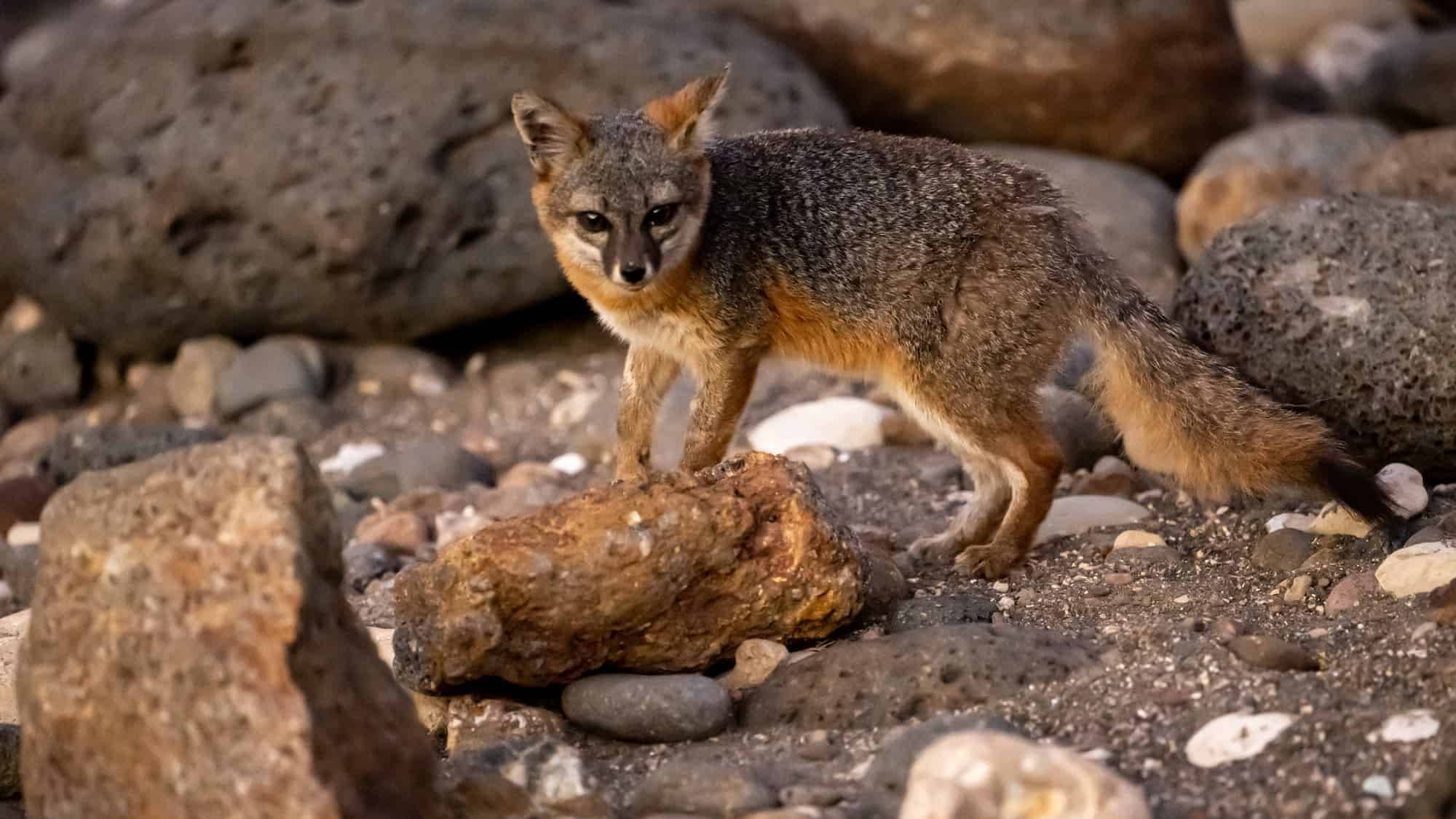
The Channel Islands fox (Urocyon littoralis) represents one of the smallest canid species in the world and North America’s most endangered canine. Found exclusively on six of California’s Channel Islands, these diminutive foxes evolved from mainland gray foxes that reached the islands between 10,000-16,000 years ago. Their isolation led to remarkable adaptations, including significant size reduction—they weigh just 3-6 pounds, roughly the size of a house cat—and unique genetic variations specific to each island population.
By the late 1990s, fox populations on some islands had declined by over 95% due to predation by golden eagles and disease. One of conservation’s greatest success stories followed, with captive breeding, predator management, and disease control bringing the species back from the brink of extinction. All six subspecies are now recovering, though they remain vulnerable due to their extremely limited range. Their remarkable recovery demonstrates how focused conservation efforts can save even the most imperiled species when the threats they face are understood and addressed.
Giant Kangaroo Rat: Ecosystem Keystone

The giant kangaroo rat (Dipodomys ingens) might seem unassuming, but this nocturnal rodent plays a crucial role in California’s San Joaquin Valley ecosystem. Found nowhere else on Earth, these remarkable creatures have adapted perfectly to the region’s semi-arid grasslands. Despite their name, they’re not particularly “giant” at just 6-9 inches long, but they are the largest of the 20 kangaroo rat species. Their distinctive adaptation is obvious in their movement—powerful hind legs allow them to leap up to 9 feet in a single bound, helping them evade predators in open terrain.
Giant kangaroo rats engineer their environment through extensive burrow systems and seed caching behavior. Their activities increase soil quality, water infiltration, and plant diversity, while their burrows provide habitat for other species. Listed as endangered due to agricultural development that has claimed over 95% of their historical habitat, fewer than 5% of the original populations remain. These diminutive ecosystem engineers demonstrate how even small species can have outsized impacts on their environments, making their conservation critical for maintaining healthy grassland ecosystems in California’s Central Valley.
Cascades Frog: Alpine Amphibian
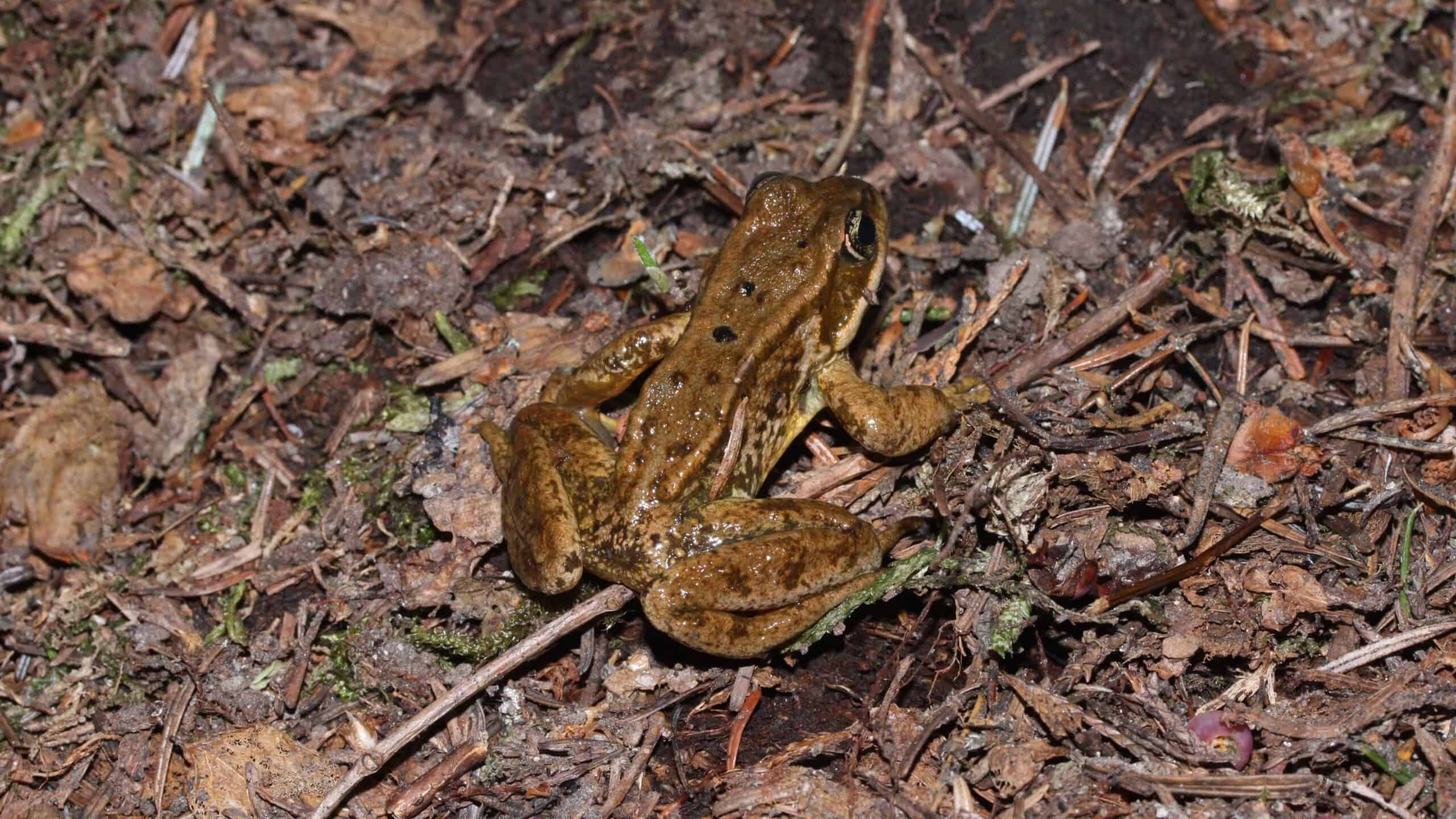
The Cascades frog (Rana cascadae) inhabits a narrow band of high-elevation wetlands from northern California through Oregon and into Washington’s Cascade Mountains. These medium-sized amphibians display remarkable adaptations to survive in cold alpine environments, including specialized anti-freeze compounds in their blood and the ability to hibernate for up to nine months beneath frozen ponds. Their distinctive coloration includes a unique pattern of black spotting and a light jaw stripe, while males develop special swollen thumbs during breeding season to better grasp females.
Scientists have documented alarming population declines across the species’ range, with some historical populations disappearing entirely. Threats include habitat degradation, introduced predatory fish, climate change, and fungal diseases including chytridiomycosis. As mountain-dwelling specialists, Cascades frogs face a particular challenge from warming temperatures that are driving suitable habitat ever higher in elevation. Conservation efforts focus on protecting remaining habitat, removing non-native fish from breeding areas, and monitoring population health to preserve this distinctive amphibian before its silent disappearance from the western mountains.
Stephen’s Kangaroo Rat: Endangered Seed Collector
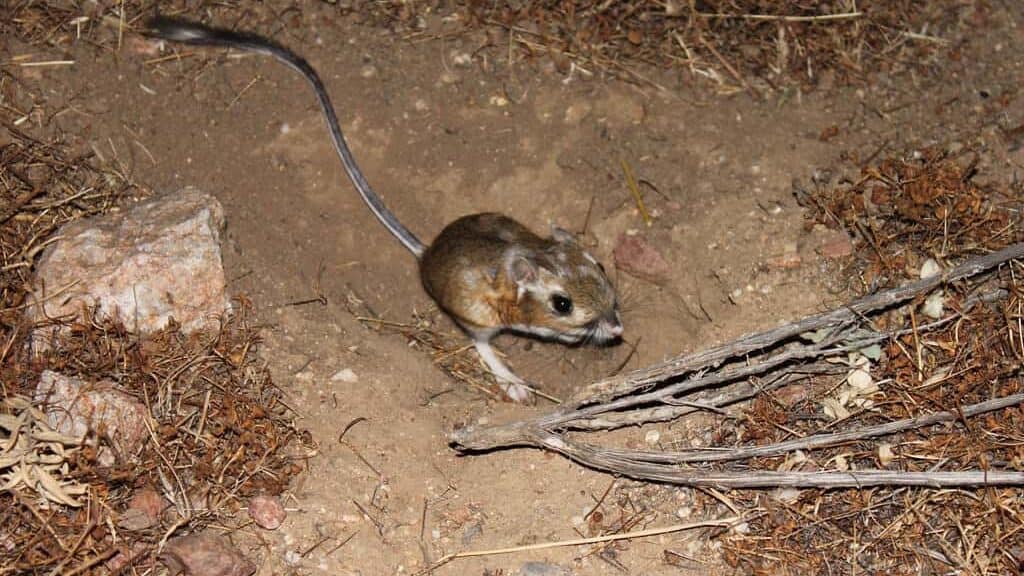
The Stephens’ kangaroo rat (Dipodomys stephensi) occupies a remarkably small range in western Riverside and San Diego counties in southern California, making it one of America’s most geographically restricted mammals. These nocturnal rodents have evolved specialized adaptations for desert life, including enlarged hind legs for leaping, external cheek pouches for collecting seeds, and highly efficient kidneys that allow them to survive without drinking water. Instead, they derive all necessary moisture from the seeds and occasional insects they consume.
With over 95% of their native coastal sage scrub and grassland habitat lost to development, the Stephens’ kangaroo rat was federally listed as endangered in 1988. Their population continues to decline despite conservation efforts, with remaining habitat increasingly fragmented into isolated patches. As seed collectors and dispersers who cache more seeds than they consume, these kangaroo rats play a vital ecological role in maintaining native plant communities. Their burrows also provide shelter for numerous other species, demonstrating how the fate of even small, specialized mammals can influence entire ecosystems across the American West.
Columbia Basin Pygmy Rabbit: America’s Smallest Rabbit
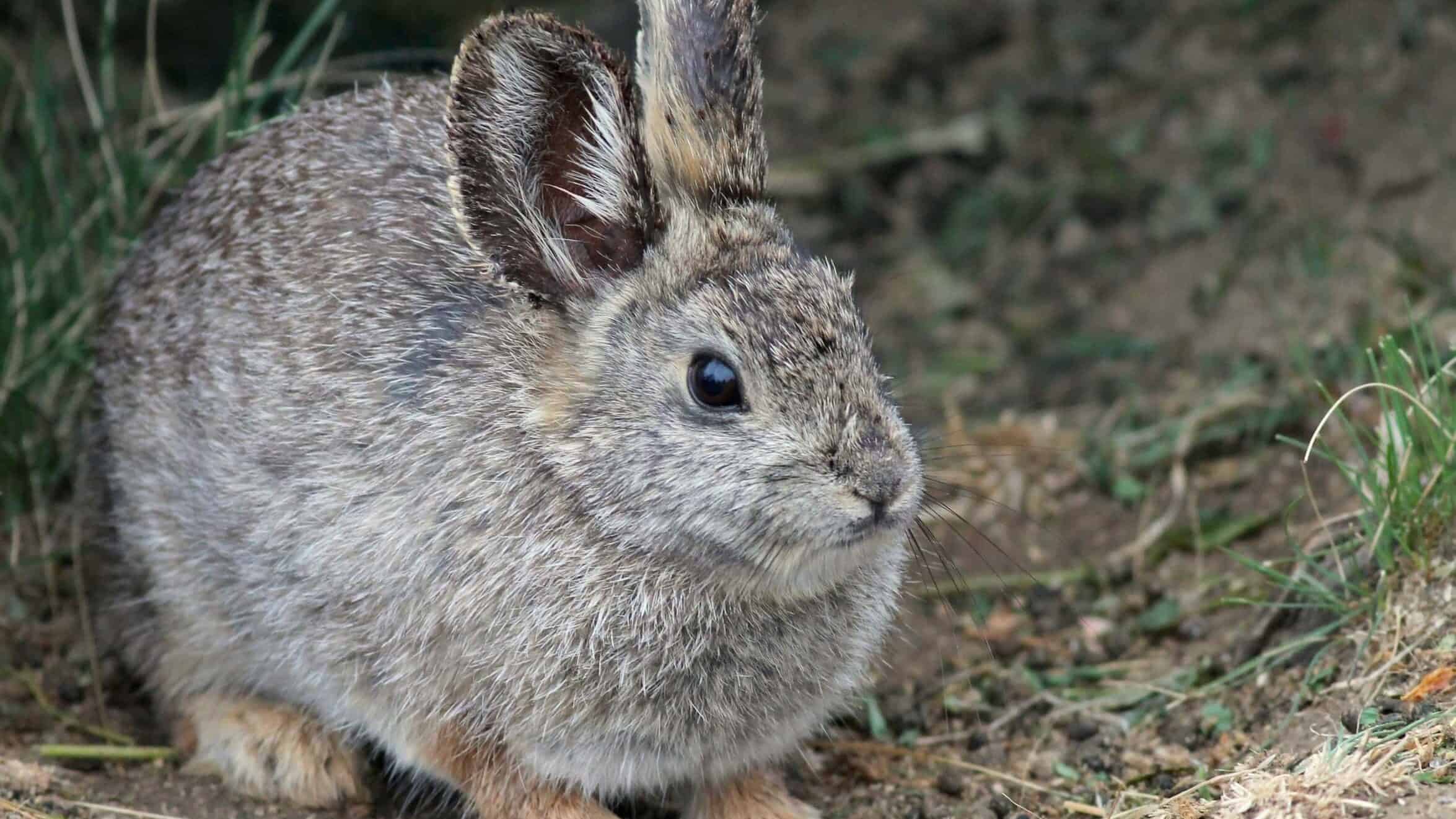
The Columbia Basin pygmy rabbit (Brachylagus idahoensis) represents North America’s smallest rabbit species and one of its most endangered mammals. Found historically only in Washington’s shrub-steppe habitat, these diminutive lagomorphs weigh less than one pound and measure just 9-11 inches in length. Unlike other rabbits, pygmy rabbits dig their own burrows and depend almost exclusively on sagebrush for both food and shelter, with sagebrush constituting up to 99% of their winter diet thanks to specialized digestive adaptations.
By 2001, the wild population had dwindled to fewer than 30 individuals, prompting emergency capture for a captive breeding program. Unfortunately, the pure Columbia Basin genetic lineage was lost despite intensive conservation efforts, though a mixed population containing some Columbia Basin genes has been reintroduced to protected areas. Their decline highlights the broader crisis facing sagebrush ecosystems across the West, where development, agriculture, invasive species, and wildfire have dramatically reduced this once-vast habitat type. Today’s recovery efforts focus on protecting and restoring sagebrush landscapes while continuing carefully managed reintroductions of this charismatic microbunny.
Gila Monster: Venomous Desert Icon
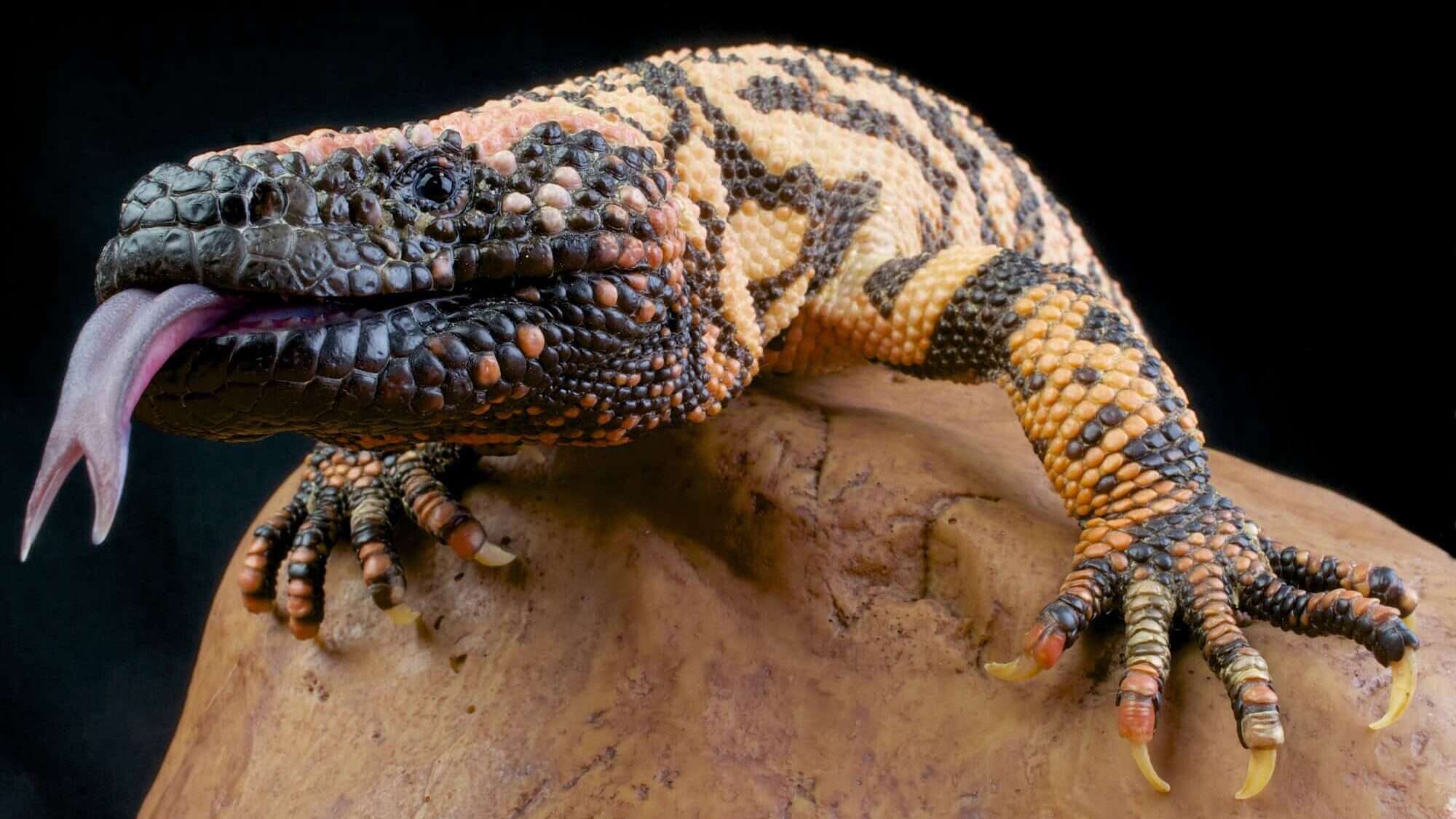
The Gila monster (Heloderma suspectum) holds the distinction of being one of only two venomous lizard species native to North America, found exclusively in the southwestern United States and northwestern Mexico. These striking reptiles display distinctive orange and black beaded scales, grow to about 2 feet in length, and can live 20-30 years in the wild. Unlike venomous snakes that inject venom through hollow fangs, Gila monsters have venom-producing glands in their lower jaws and deliver toxins through capillary action along grooved teeth while chewing their prey.
Perfectly adapted to desert life, Gila monsters spend up to 95% of their time in underground burrows, emerging primarily during the spring breeding season. They store fat in their tails and can subsist on just 3-4 large meals annually. Their venom has proven medically valuable, with compounds derived from Gila monster saliva now used in a medication for type 2 diabetes. Though not endangered, their populations face pressure from habitat destruction and illegal collection for the exotic pet trade. Several states provide special protected status for these iconic reptiles whose unmistakable appearance has made them symbols of the American desert Southwest.
Yellow-Billed Magpie: California’s Endemic Bird

The yellow-billed magpie (Pica nuttalli) represents one of California’s few endemic bird species, found nowhere else on Earth outside the state’s Central Valley and coastal ranges. Closely related to the more widespread black-billed magpie, these striking birds are distinguished by their bright yellow bills, yellow eye patches, and slightly smaller size. Their iridescent black plumage contrasts dramatically with white shoulder patches and belly, while their extraordinarily long tail accounts for over half their 17-19 inch total length.
Highly intelligent members of the corvid family, yellow-billed magpies demonstrate problem-solving abilities, tool use, and complex social behaviors. They form monogamous pairs that build large, domed stick nests and may remain together for life. The species faced a population crash between 2004-2006 when West Nile virus swept through California, killing an estimated 50% of the entire population. Though they’ve partially recovered, continued threats include habitat loss from urban expansion and agricultural development. Conservation efforts focus on preserving oak woodlands and riparian corridors in California’s increasingly developed Central Valley, where these charismatic birds represent a unique part of the state’s natural heritage.
The endemic wildlife species of the American West represent irreplaceable elements of North America’s natural heritage, each one a product of millions of years of evolution in response to the region’s diverse environments. From tiny kangaroo rats reshaping desert soils to majestic bighorn sheep navigating alpine cliffs, these animals have developed remarkable adaptations found nowhere else on Earth. Their continued existence faces unprecedented challenges from habitat destruction, climate change, invasive species, and human development that threaten to unravel ecological relationships established over millennia.
Conservation efforts for these western endemics require innovative approaches that address both immediate threats and long-term sustainability. Protected areas, wildlife corridors, captive breeding programs, and habitat restoration all play crucial roles in preserving these unique species. Public education and engagement remain equally important, as communities across the West increasingly recognize the ecological, cultural, and economic value of their distinctive wildlife.
The fate of these endemic species remains uncertain in our rapidly changing world, but their remarkable resilience offers hope. Many have already survived previous climate shifts, natural disasters, and changing landscapes throughout their evolutionary history. With continued conservation commitment and increased public awareness of their importance, these distinctive western wildlife species can continue to thrive in their native habitats. Their preservation represents not just a scientific imperative but a moral responsibility to maintain the extraordinary biodiversity that makes the American West one of the world’s most ecologically significant regions.
- The Most Intelligent Fish in the Ocean Might Surprise You - August 21, 2025
- Pandas Survive on Bamboo, But Scientists Are Still Puzzled By How They Get Enough Nutrients - August 21, 2025
- 15 Animals and Wildlife that Start with K - August 21, 2025

